If you are looking for new unique crochet amigurumi pattern then have you thought of a crochet axolotl? This cute crochet amigurumi will be loved by you or whoever you decide to gift it to.

What is an Axolotl?
An axolotl is a fascinating and unique aquatic creature that belongs to the salamander family. It’s native to certain lakes in Mexico, primarily Lake Xochimilco and Lake Chalco. What makes axolotls particularly intriguing is their ability to remain in their larval stage throughout their lives, a phenomenon known as neoteny.

The axolotl made with yarn to give you a crochet axolotl amigurumi would make the perfect crochet amigurumi accessory that can look great on some keys as a keychain and would make the perfect handmade crochet gift.

- What is an Axolotl?
- What is amigurumi?
- Crafting Whimsical Wonders: Crochet Axolotl Amigurumi Delights
- 5 interesting facts about axolotls
- Supplies needed to crochet axolotl amigurumis
- 1. Crochet axolotl pattern
- 2. Axolotl Crochet Pattern
- 3. Crochet Axolotl Amigurumi
- 4. Amigurumi Axolotl Pattern
- 5. Axolotl Amigurumi Free Crochet Pattern
- 6. Axolotl Crochet Amigurumi Pattern
- 7. Axolotl Amigurumi Crochet pattern
- 8. Crochet fish axolotl pattern
- How to care for crochet axolotl amigurumis
What is amigurumi?
Amigurumi is a Japanese art form that involves creating small, stuffed yarn creatures or objects using crochet or knitting techniques. The term “amigurumi” is a combination of two Japanese words: “ami,” which means “crocheted” or “knitted,” and “nuigurumi,” which means “stuffed doll.” This craft has gained popularity worldwide and has become a beloved hobby for many people.
Crafting Whimsical Wonders: Crochet Axolotl Amigurumi Delights
In the realm of crafting and creativity, the art of crochet has birthed a delightful trend that’s captivating both young and old alike: the crochet axolotl amigurumi. These charming yarn creatures combine the intricate art of crochet with the endearing charm of axolotls, resulting in whimsical wonders that stand as testaments to the limitless imagination of crafters worldwide.
Before delving into the enchanting world of crochet axolotl amigurumi, let’s first understand the allure of the real axolotl. These aquatic creatures, native to Mexican lakes, have gained fame for their adorable appearance and extraordinary regenerative abilities. With their feathery gills and captivating demeanor, axolotls have found their way into the hearts of nature enthusiasts and curious minds alike.
5 interesting facts about axolotls
- Axolotls Look Like Babies for Their Entire Lives
- They Are Native to One Place in the World
- They Come in a Variety of Colour Patterns
- They Can Regenerate Body Parts
- Their Courtship Rituals Involve Dancing
Supplies needed to crochet axolotl amigurumis
To crochet an axolotl, you’ll need a few essential materials. Here’s a basic list of what you’ll need:
- Yarn: Choose yarn in the colours you want for your axolotl. Acrylic or cotton yarn are commonly used for amigurumi projects due to their durability and ease of care. You’ll need colours for the body, gills, and any other features you want to add.
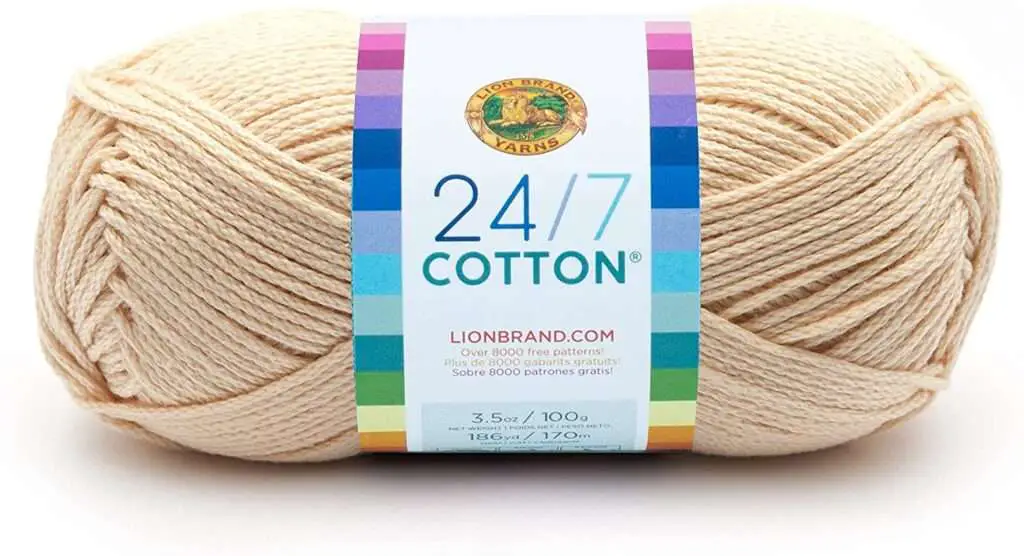
Lion Brand 24/7 Cotton Yarn
- Crochet Hooks: Select an appropriate crochet hook size based on the thickness of your chosen yarn. Amigurumi typically uses a smaller hook than what is recommended on the yarn label to create tight stitches and prevent stuffing from showing.
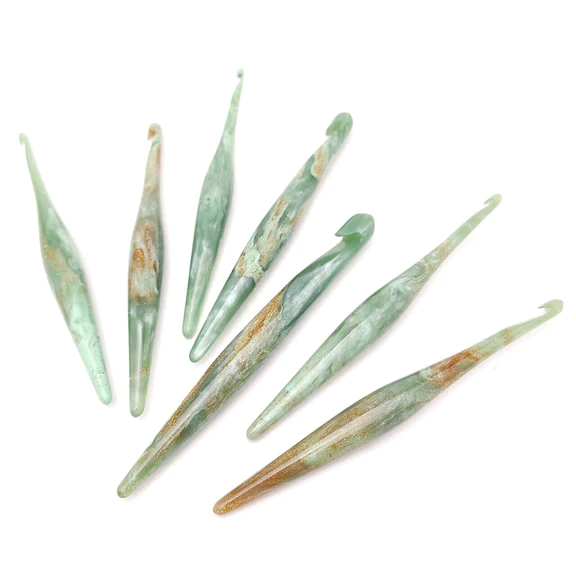
You could never have enough hooks!
- Stuffing: Polyester fiberfill or another stuffing material is needed to give your axolotl its three-dimensional shape. Make sure it’s soft and evenly distributed for a well-rounded result.
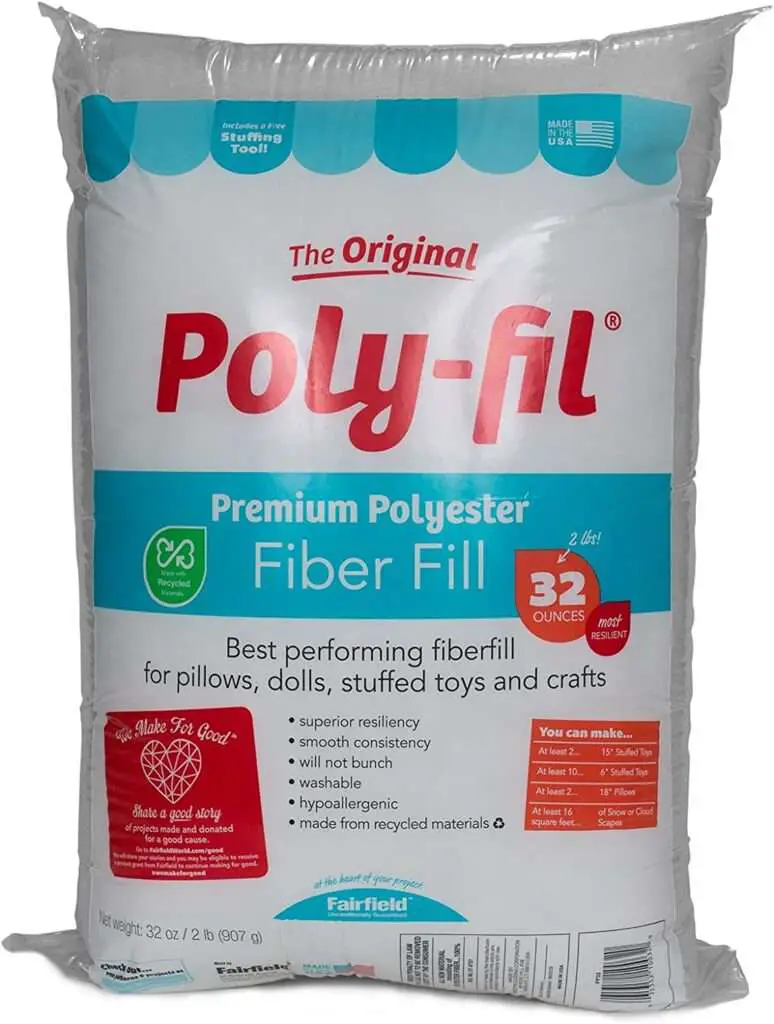
Gives the amigurumis perfect shaping!
- Safety Eyes or Embroidery Thread: Safety eyes with washers can add a fun and realistic touch to your axolotl’s eyes. Alternatively, you can embroider the eyes using embroidery thread if you prefer a sewn-on look.
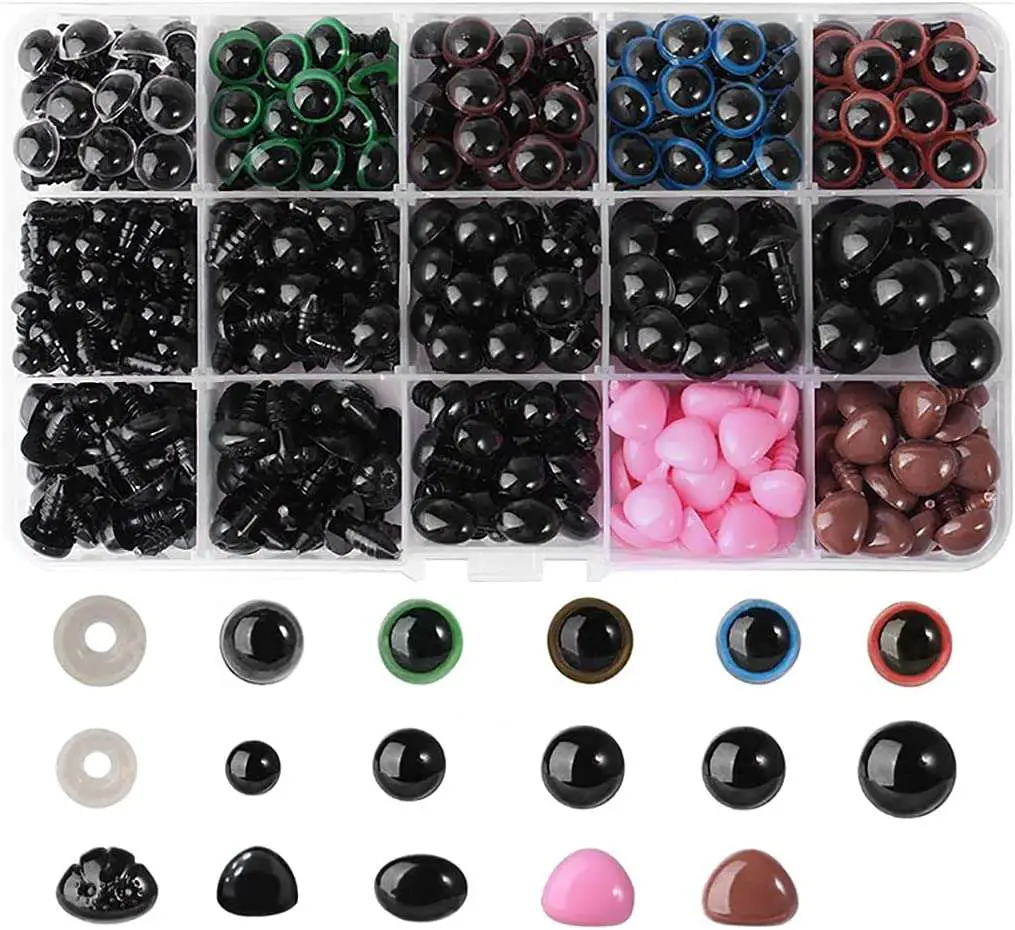
Assorted Safety Eyes & Nose
- Yarn Needle: A yarn needle is necessary for sewing together parts of the axolotl, attaching features like gills and eyes, and weaving in loose ends.
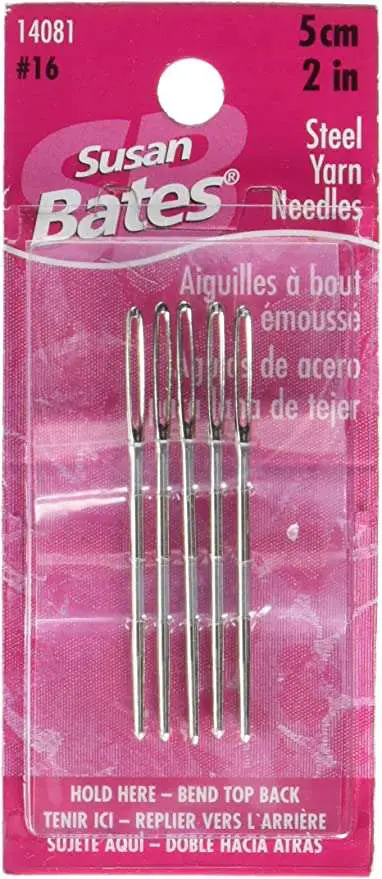
Yarn Needle
- Scissors: A pair of sharp scissors will be handy for cutting yarn and trimming any excess.
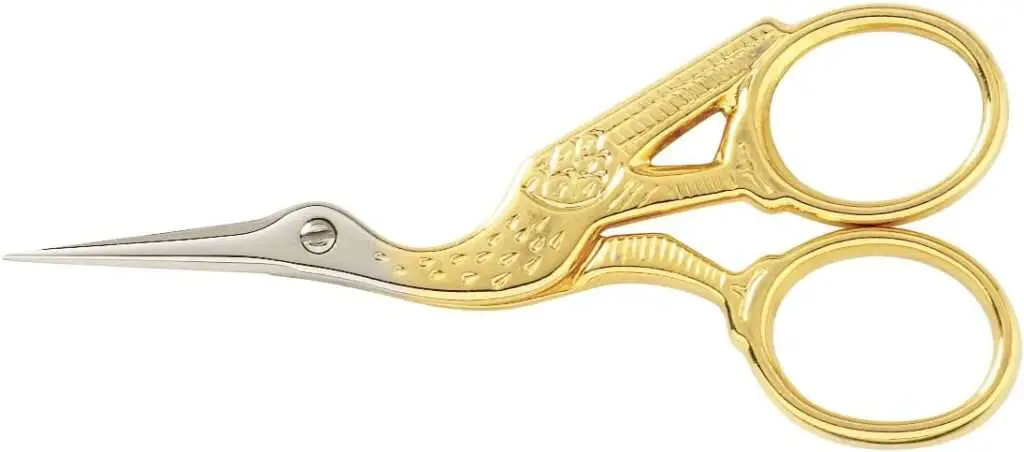
Embroidery Scissors
- Stitch Marker: A stitch marker can help you keep track of the beginning of each round when working in continuous rounds.
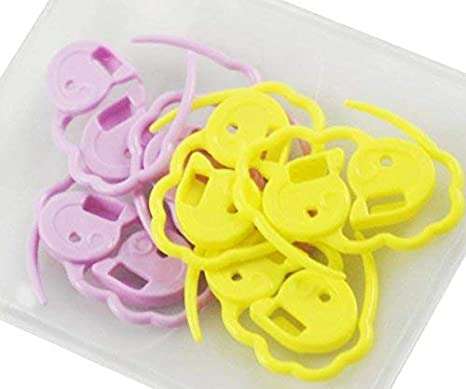
Stitch Markers
- Pattern: Find a crochet pattern for an axolotl amigurumi. Lucky for you, this whole article is dedicated to a collectoin of paid and free crochet axolotl patterns. A well-written pattern will guide you through the process with step-by-step instructions.
Remember that the specific materials you need might vary based on the pattern you choose and any personal preferences you have for the finished appearance of your crochet axolotl. Once you have all your materials assembled, you can dive into the delightful world of crochet and create your very own adorable axolotl crochet amigurumi!
Crochet Axolotl Patterns
1. Crochet axolotl pattern
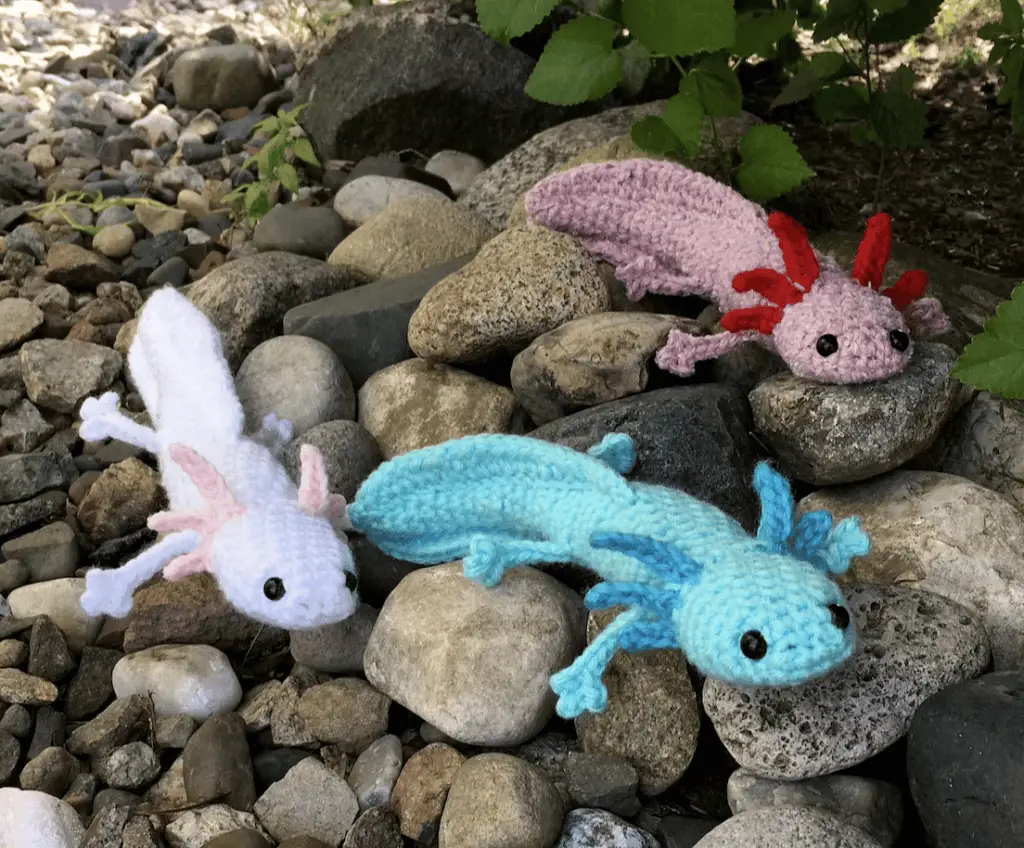
Grab the paid pattern HERE
2. Axolotl Crochet Pattern

Grab the paid pattern HERE.
3. Crochet Axolotl Amigurumi

Grab the free crochet pattern HERE.
4. Amigurumi Axolotl Pattern

Grab the paid crochet axolotl pattern HERE.
5. Axolotl Amigurumi Free Crochet Pattern

Grab the free crochet axolotl pattern right HERE.
6. Axolotl Crochet Amigurumi Pattern

Male Lotty the crochet Axolotl with this free crochet pattern HERE.
7. Axolotl Amigurumi Crochet pattern

Grab the crochet pattern HERE
8. Crochet fish axolotl pattern

For the free crochet axolotl pattern, head HERE.
How to care for crochet axolotl amigurumis
Caring for your crochet axolotl amigurumi ensures that it remains in good condition and continues to bring joy for years to come. Here are some tips for proper care:
- Keep It Clean: Dust and dirt can accumulate on your amigurumi over time. Gently brush off any surface dirt using a soft brush or cloth. If your amigurumi gets more heavily soiled, you can hand wash it using mild soap and lukewarm water. Gently squeeze out excess water and allow it to air dry. Avoid wringing or twisting the amigurumi, as this can damage the fibers.
- Avoid Direct Sunlight: Prolonged exposure to direct sunlight can cause the colors of your amigurumi to fade over time. Display your amigurumi in a place where it won’t be exposed to direct sunlight for extended periods.
- Prevent Fuzziness: Over time, the yarn fibers of your amigurumi might become fuzzy or pilled due to friction. To minimize fuzziness, avoid excessive handling and rubbing against rough surfaces.
- Storage: When not on display, store your amigurumi in a cool and dry place. Avoid storing it in humid or damp environments, as this can promote mold growth or damage the yarn.
- Gentle Handling: While amigurumi are made to be sturdy, they can still be delicate. Be gentle when handling and playing with your crochet axolotl. Avoid pulling or tugging on any parts, as this could potentially cause seams to come apart.
- Secure Attachments: If your amigurumi has safety eyes or other small attachments, ensure they are securely attached. Periodically check for any loose parts and tighten them if necessary to prevent a choking hazard, especially if the amigurumi is around young children or pets.
- Regular Inspection: Every so often, give your amigurumi a quick once-over to check for any signs of wear, loose stitches, or damage. Promptly repair any issues to prevent them from worsening.
- Avoid Pets: While your pets might be curious about your amigurumi, it’s best to keep it out of their reach. Pets could mistake it for a chew toy and accidentally damage it.
- Protect from Moths: If you’re storing your amigurumi for an extended period, consider placing it in a storage container or bag with a sachet of dried lavender or cedar to help repel moths.
- Rotate Display: If you’re displaying your amigurumi, consider rotating it occasionally to evenly distribute any potential fading from light exposure.
By following these care tips, you can ensure that your crochet axolotl amigurumi remains a cherished and well-preserved piece of art for years to come.
